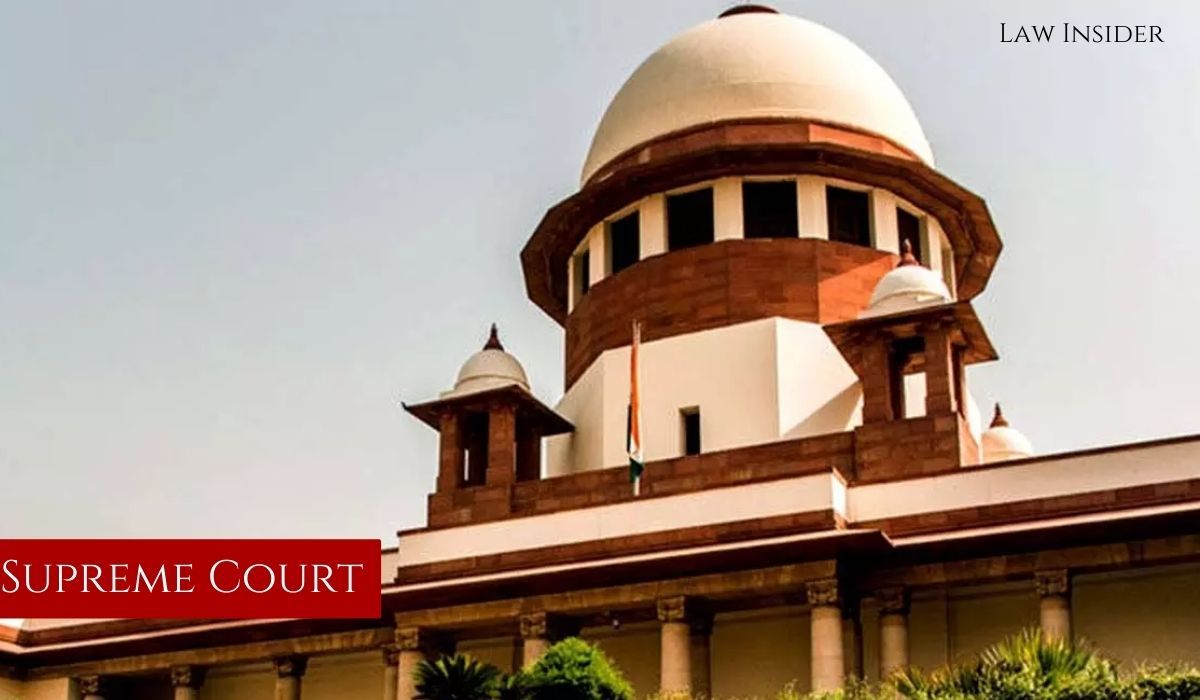LI Network
Published on: November 01, 2023 at 13:28 IST
The Supreme Court has unequivocally established that observations made by a coordinate bench about a judgment are not sufficient grounds for reviewing it.
This decision came as the Court dismissed review petitions filed against the 2022 judgment in the case of “State Tax Officer v. Rainbow Papers Ltd 2022“
In the Rainbow Papers case, a bench consisting of Justices Indira Banerjee (now retired) and AS Bopanna had ruled that a resolution plan under the Insolvency and Bankruptcy Code 2016 cannot be sustained if it disregards statutory dues owed to the government.
The petitioners who sought a review of the Rainbow Papers judgment relied on observations made by a coordinate bench in the case of “Paschim Anchal Vidyut Vitran Nigam Limited vs. Raman Ispat Private Limited and Others 2023” This bench had suggested that the Rainbow Papers case had not taken into account the ‘waterfall mechanism’ in Section 53 of the Insolvency and Bankruptcy Code.
However, the Supreme Court bench, composed of Justices Aniruddha Bose and Bela Trivedi, rejected this argument, asserting that observations made by a coordinate bench are not sufficient grounds for reviewing a judgment.
The bench emphasized, “Any passing reference of the impugned judgment made by the Bench of the equal strength could not be a ground for review.”
The Court further emphasized the established legal principle that a coordinate bench cannot comment on the discretion exercised or judgment rendered by another coordinate bench of the same strength.
If one bench disagrees with a decision on a legal question made by another bench of equal strength, the proper course of action is to refer the matter to a larger bench for an authoritative decision, thus preventing conflicting decisions from creating legal uncertainty.
Moreover, the Court stated that the petitioners failed to demonstrate any mistake or error apparent on the face of the record in the impugned judgment. They did not meet the parameters set out by the Court in various decisions for reviewing judgments.
In summary, the Supreme Court outlined eight key principles to prevent review petitions from becoming “appeals in disguise” are:
- Error Apparent on the Face of the Record: A judgment can be reviewed if there is a clear mistake or error on the face of the record.
- Substantial and Compelling Circumstances: Departure from the principle of finality of a judgment is only justified when there are substantial and compelling circumstances necessitating it.
- Errors Must Be Self-Evident: An error that requires a process of reasoning to detect cannot be considered an error apparent on the face of the record.
- No Rehearing and Correction: Review should not be used to rehear and correct an erroneous decision.
- Review Not an Appeal in Disguise: A review petition has a limited purpose and should not serve as an appeal in disguise.
- No Reagitation of Settled Issues: Review should not be used to reargue questions that have already been addressed and decided.
- Error Recognizable by Looking at It: An error on the face of the record should be evident by merely looking at it, without requiring a lengthy process of reasoning.
- Changes in Law or Subsequent Decisions: Changes in the law or subsequent decisions, even by a coordinate or larger bench, are not sufficient grounds for review.
Case title: Sanjay Agarwal v. State Tax Officer.

